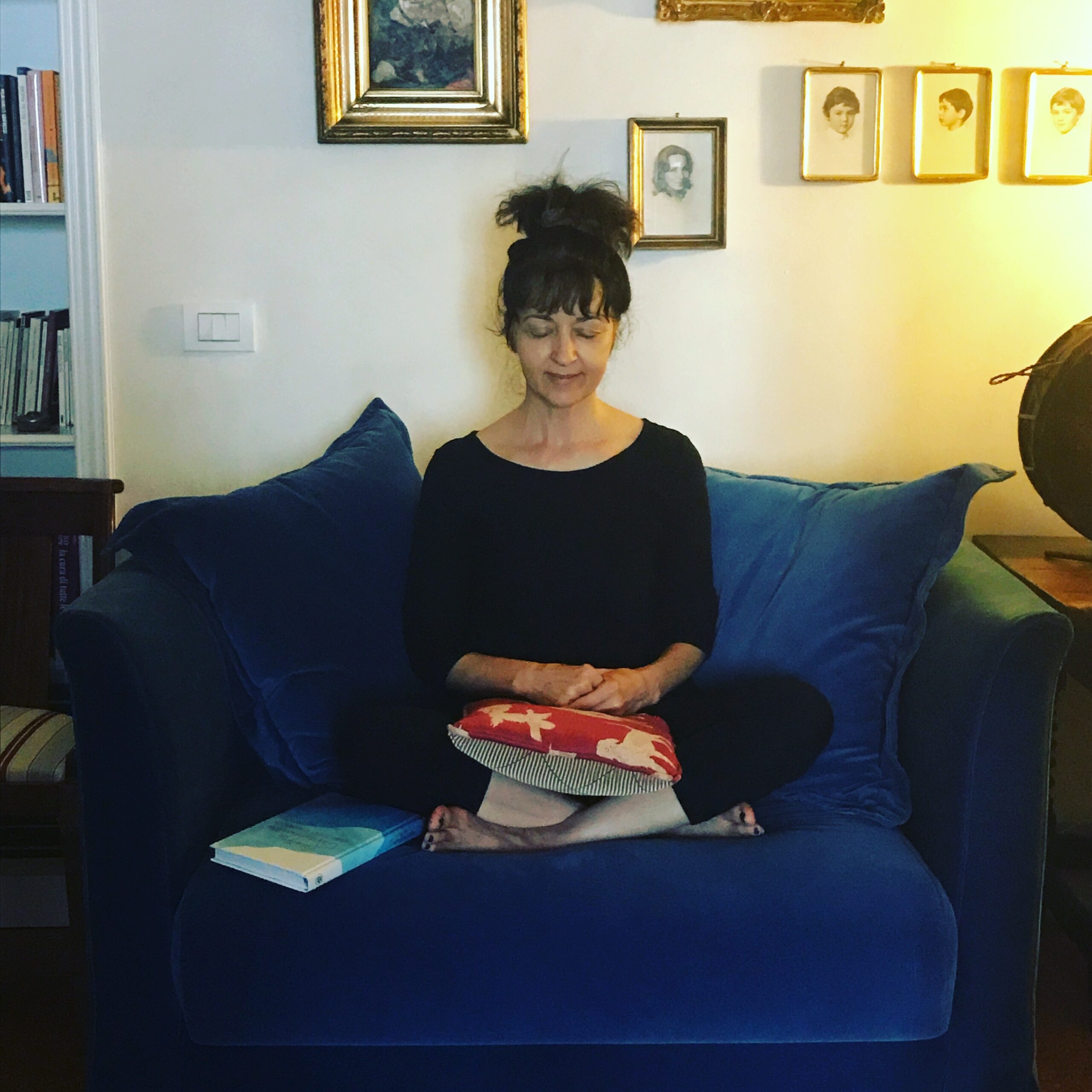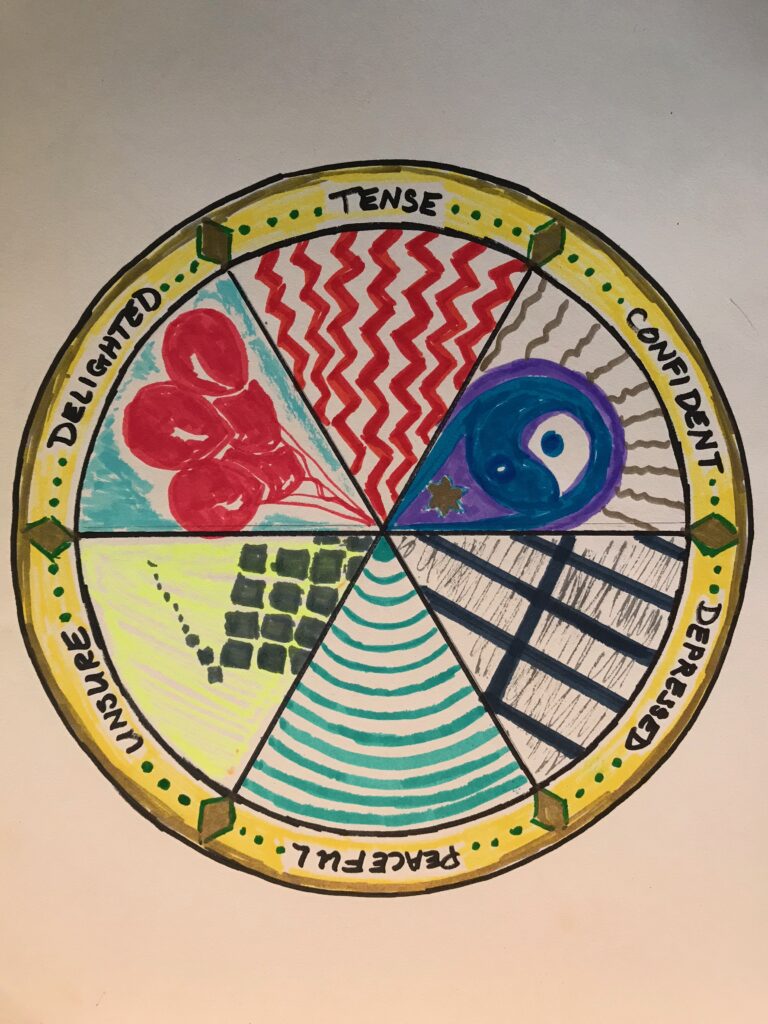
Women in general have a hard time with it….
You do realize, don’t you, how ridiculous it is to pour from an empty pitcher? It’s the same with your own energy and reserves.
How can you possibly give your best if you’re not looking after your own health and well being first?
Are you wanting to learn how to get good at creating rituals that support your best self?
If you are, you’re going to want to begin by making very small changes that will slowly but surely change how you view yourself.
Here’s how I go about it.
In order to make anything into a habit, I have the what, where, and when already figured out.
One of the first things I do after I wake up is to drink two full glasses of water, one of which contains a bit of raw apple cider vinegar. This serves to hydrate my body (it gets dehydrated during the night) and helps alkalize the system.
I have room-temperature water ready and waiting on the counter from the night before. I have the ACV nearby. I know I’ll do it as soon as I step into the kitchen. Voila! An easy, no-thinking-required health-supporting habit.
I am a person who hydrates and alkalizes first thing!
My next what-where-when is to gather my phone with the meditation app “Insight Timer,” walk to my designated meditation space and sit for whatever time I have that day. This follows right after the water ritual. Meditation is fabulous for managing stress and not difficult if you start with only a few minutes and lower your expectations about quieting your mind!
I am a person who meditates every day!
No self-care plan would be complete without including some movement each day. Of course, your choice of workout or other movement depends on what lights you up. Forcing yourself to do something you detest will not be helpful.
For me, my what-where-when looks like deciding what my body wants that day – will it be yoga, core exercises, a few vigorous intervals, or maybe some resistance work (sometimes all of the above!)? Whatever I do, I change it up a little each day. It takes place in the same room and right after my meditation practice.
If you’re not already committed to a movement practice of some kind, I recommend starting with just five minutes of an activity you think you might like. It could be walking, dancing around the kitchen, or playing something silly with the kids or the dog. It definitely doesn’t have to involve a gym membership – unless that’s your thing.
I am a person who exercises regularly!
Of course, the same principles apply to any new behavior you want to make your own.
- Figure out why you want to make the change.
- Decide how you’ll incorporate it into your existing routine with the what, where, and when.
- Start doing the thing – but for just a few minutes. Keep at it.
- Shift in belief happens.
You see how a few minutes of anything practiced frequently will change how you see yourself? It’s sneaky!
And that, my friends, is how you and I prioritize caring for ourselves.
If you want my help shifting beliefs and habits related to your health, please fill out the contact form here.



